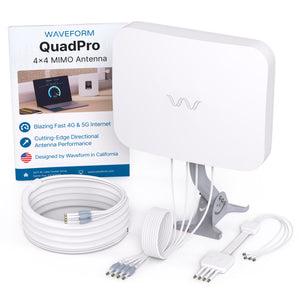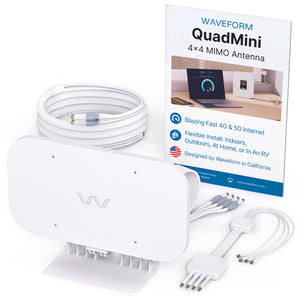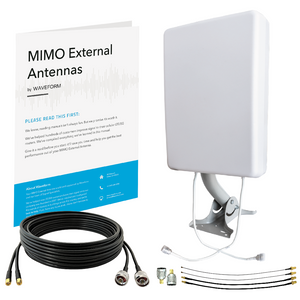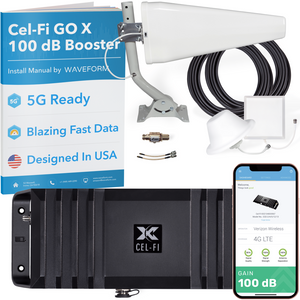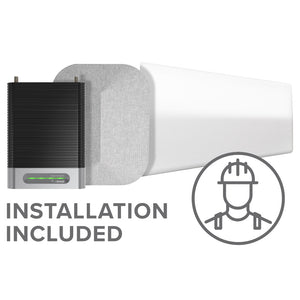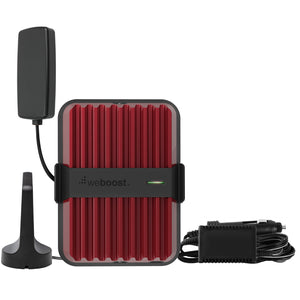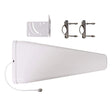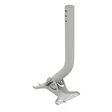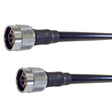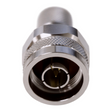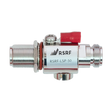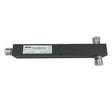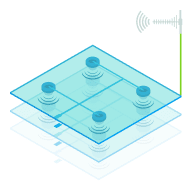The roll-out of 5th generation cellular networks was kicked off in the US by Redzone Wireless, a local WISP in Maine, last week.
The network, branded as Redzone “5GX,” uses a combination of licensed 4G LTE spectrum and unlicensed 5.8 GHz spectrum on a single tower to offer fixed wireless connections to 50,000 households in Maine, including Portland, Bangor, Augusta and Sanford. According to Redzone, they've achieved throughput of up to 450 Mbps, operating within a range of frequencies between 5.1GHz and 5.8GHz. The service costs around $79 per month for those within the coverage area.
Redzone is branding the network as a "5G" network, but it’s important to point out that there is still no industry-wide agreed definition of “5G” yet. The relevant standards for the next-generation technology haven’t yet been finalized, and the International Telecommunications Union (ITU) and 3GPP groups both have their own timelines, each of which plan to have specifications in place by 2020.
This uncertainty isn’t stopping other networks from also planning new launches described as their version of “5G.” Verizon has a 5G Technical Forum determining their 5G specifications and has already begun installing updated equipment in 10 US cities, intending to launch commercial 5G services later this year. AT&T is also running 5G commercial trials.
Something very similar happened with 4G: in 2009, before LTE was launched in the US, carriers started branding HSPA+ service (which was really an extension of 3G networks) as 4G. This resulted in market confusion, as customers were often unable to tell the difference between the two types of nominally "4G" technology. Something similar is very likely to happen in the coming two years, as more and more carriers roll out "5G" branded technologies before the 5G standards have even been set.
But even LTE itself is not a true "4G" technology. The "IMT Advanced" standard, announced by ITU in 2008, specifies that a true 4G network should offer 1 Gbit/s peak speeds to low-mobility (e.g. walking or stationary) users. The earliest versions of LTE networks offered nothing close to that speed, and only LTE Advanced (LTE-A), which was launched in 2011, gets close to the official 4G standards. While normal LTE has never met formal LTE standards, the ITU decided in 2010 that the 4G moniker was still appropriate as they represent "a substantial level of improvement in performance and capabilities with respect to the initial third generation systems now deployed"























